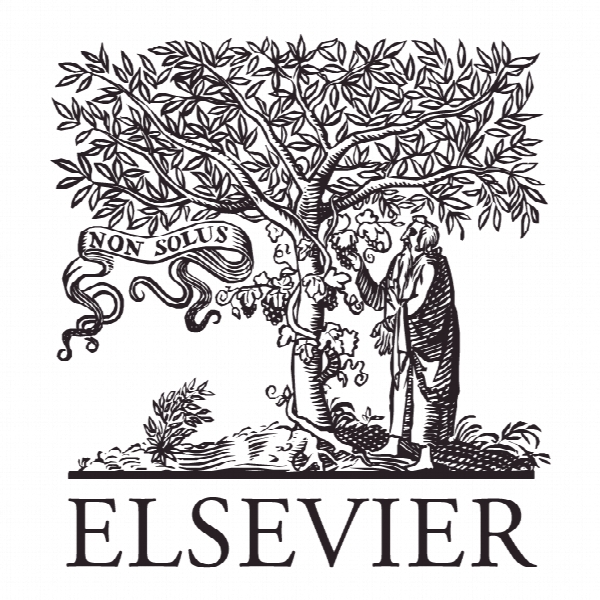مشارکت فکری در تجسم اطلاعات کسب و کار: یک چارچوب یکپارچه از قابلیت های تجسم و ابعاد هوش بصری Business Information Visualization Intellectual Contributions: An Integrative Framework of Visualization Capabilities and Dimensions of Visual Intelligence
- نوع فایل : کتاب
- زبان : انگلیسی
- ناشر : Elsevier
- چاپ و سال / کشور: 2017
توضیحات
رشته های مرتبط مدیریت
گرایش های مرتبط مدیریت کسب و کار MBA
مجله سیستم های پشتیبانی تصمیم – Decision Support Systems
دانشگاه Department of Management and Information Sciences, University of Southern Indiana, USA
نشریه نشریه الزویر
گرایش های مرتبط مدیریت کسب و کار MBA
مجله سیستم های پشتیبانی تصمیم – Decision Support Systems
دانشگاه Department of Management and Information Sciences, University of Southern Indiana, USA
نشریه نشریه الزویر
Description
1. INTRODUCTION The use of information systems and data to drive business decision making has been one of the defining quests of IS discipline. Ever since organizations began wider adoption of technology for data collection to support business decision making and strategy, a large body of academic research tackled relevant issues of business decision support technologies. These issues ranged from technology, to strategy, optimization, and human-computer interaction perspectives. In the process, many terms have been used, with Business Intelligence (BI) emerging as an umbrella term for various activities aiming at collecting, storing, processing and analyzing relevant data to support decision making. Due to, among other developments, advances in technical capabilities, such as storage and processing power, BI’s traditional focus on Data Warehousing is being gradually replaced with research and practice focusing more on the consumption’ of collected data. A closer look at business and IT strategy literatures reveals that, from a business impact perspective, our ability to ‘consume data’ is as important, if not more, as efficiency of its collection, processing and storage. Modern organizations treat data as an IT infrastructure that not only informs, but also shapes business processes and strategy. One important and necessary step in this process deals with the way users consume data visually and how visualization-reliant technologies could align with human abilities to support business judgement and decision making. After decades of investments in IT, many companies feel that achieving business insight and competitiveness through those investments is not nearly as easy as originally hoped [1]. On the other hand, success stories have been documented in research [2] and practice [3]. Not surprisingly, according to a new Gartner survey of more than 2,800 CIOs, and for the fourth consecutive year, BI and analytics remain the number one investment priority for CIOs [4] . Proliferation of BI vendors offering and heavily marketing their visual display capabilities through reporting, ad-hoc analysis, dashboarding, and visual data discovery, provides evidence of the practical importance of BI’s data display to today’s modern organizations. Similarly, the academic community over the past few decades identified a number of important aspects and factors of visual data display and its impact on the quality of decision making at, mostly, the user (individual) level. As a result of these efforts, both Business Information Visualization (BIV) practice and research have achieved significant progress, where improvements in system ability to enable conversion of data into actionable insights can be traced to improvements in our understanding and implementation of visual technologies and techniques. At the same time we are witnessing a cross-disciplinary field with, at times, fragmented knowledge, numerous and sometimes conflicting ‘best practice principles’, and volumes of academic articles that seems to have limited impact on the proliferation of ‘chartjunk’ when designing reports and dashboards in practice. Although BIV garnered great attention in recent times and could be considered one of the most relevant BI topics and ‘fashions’ in the last decade, there has been a dearth of research summarizing disparate literature and contextualizing it into the decision making lens. While researchers have widely argued the value of BI [5] and its visual capabilities [6] for improved decision making, they have not equally addressed the possibility that it is through better BI support of users themselves and their human intelligence abilities that better decisions are achieved. Furthermore, little has been done to combine disintegrated literature into a cohesive framework that can provide a more rounded and nuanced understanding of visualization capabilities and help both research and practice in further investigating and deploying those capabilities. The goal of this research is to bridge these gaps by offering four key contributions. First, consolidation of often overlapping and sometimes disconnected visualization terminologies is provided. Second, in our quest to systematically organize the extensive visualization literature, we adopt and build upon a novel human visual intelligence-based framework [7] for assessing BIV effectiveness. Third, we leverage this framework to identify and internally-connect IS literature on data visualization and graphical presentation, as well as externally-connect relevant literature from Accounting, Marketing, HumanComputer Interaction, Psychology, Cognition, and Perception. Lastly, BIV research gaps and opportunities are identified.


